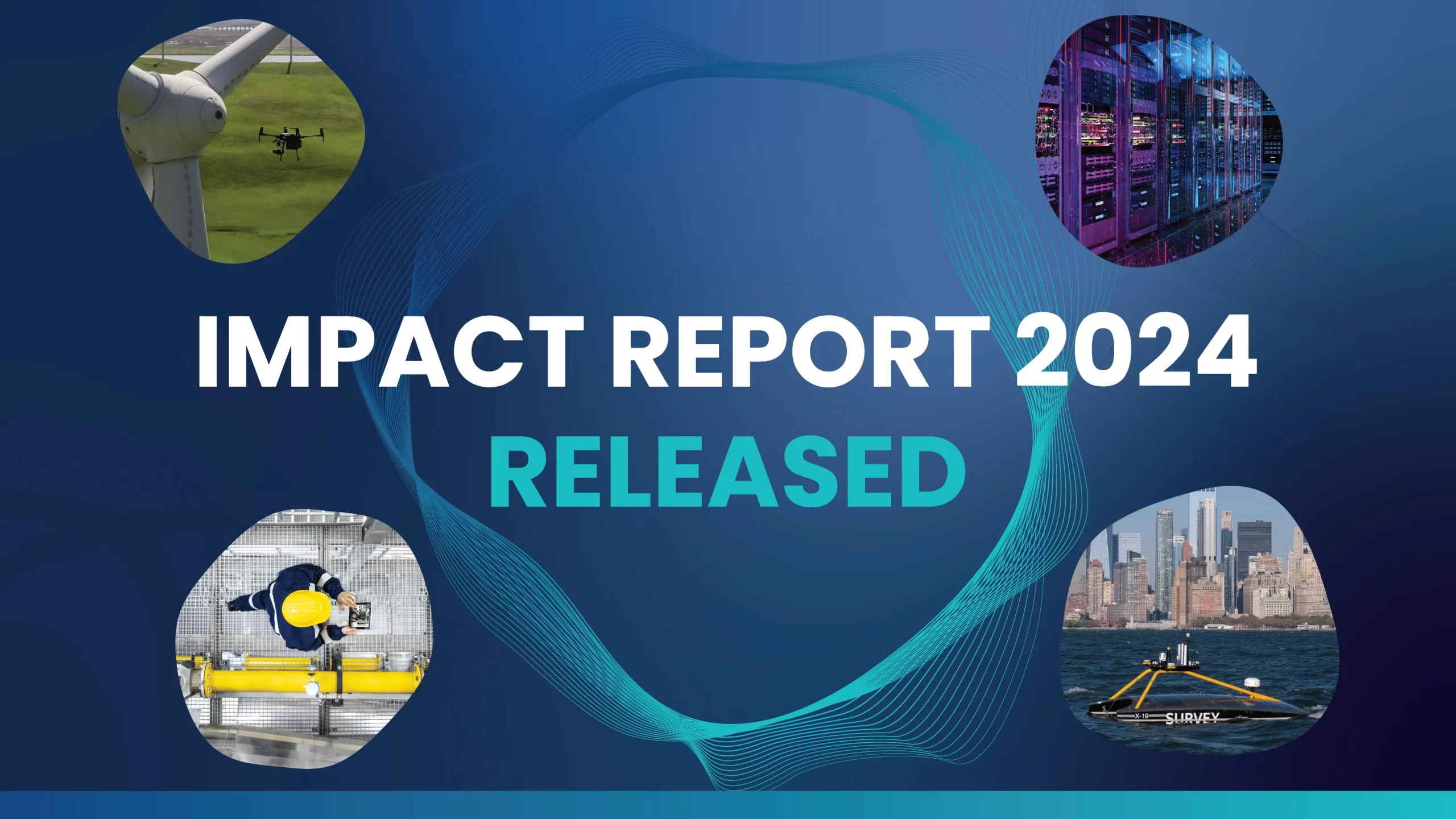

Qnergy provides remote power solutions to help companies improve operational efficiency and reduce emissions. One of the leading applications is instrument air solutions to displace methane emissions from pneumatic devices.

Results from pilot project mark the start of emissions mitigation on a new scale
Across many of the world’s natural gas production fields, gas pneumatic devices used for process control and chemical injection vent methane directly into the air. TotalEnergies lowered the methane emissions intensity of its operated gas facilities to below 0.1% in 2020, but to achieve a further objective of 20% reduction of absolute methane emissions from operated oil and gas assets in 2025 compared to 2020, it targeted venting at its Barnett gas field in Texas.
In March 2021, TotalEnergies began a 30-day trial of Qnergy’s CAP3 compressed air pneumatics technology. The pilot study sought to quantify and characterize the pneumatic gas and electric power requirements of a typical 4-5 well pad on the Barnett field. It tested the feasibility of converting from natural gas to compressed air powered instrumentation, thus eliminating methane release during the process.
Up to 98% of methane emissions were eliminated. Using remote monitoring to assess performance, the CAP3 air system logged 42,515 ft3 of mitigated emissions. The solution proved simple to install and operate, while also demonstrating reliability. The on-site test with TotalEnergies, an OGCI member company, also supports the rapid deployment and scaling of Qnergy, a Climate Investment’s portfolio company, and similar growth-stage companies.
Gas operated instruments will not be used on any new developments on the Barnett field, or across the TotalEnergies asset portfolio.
The company is deploying 100 Qnergy CAP3 units on its Barnett field through 2021 and 2022, with potential for a further 300 by the end of 2024. Once fully deployed, this replacement of gas pneumatics would reduce methane venting emissions by approximately 7,000 tonnes a year.
